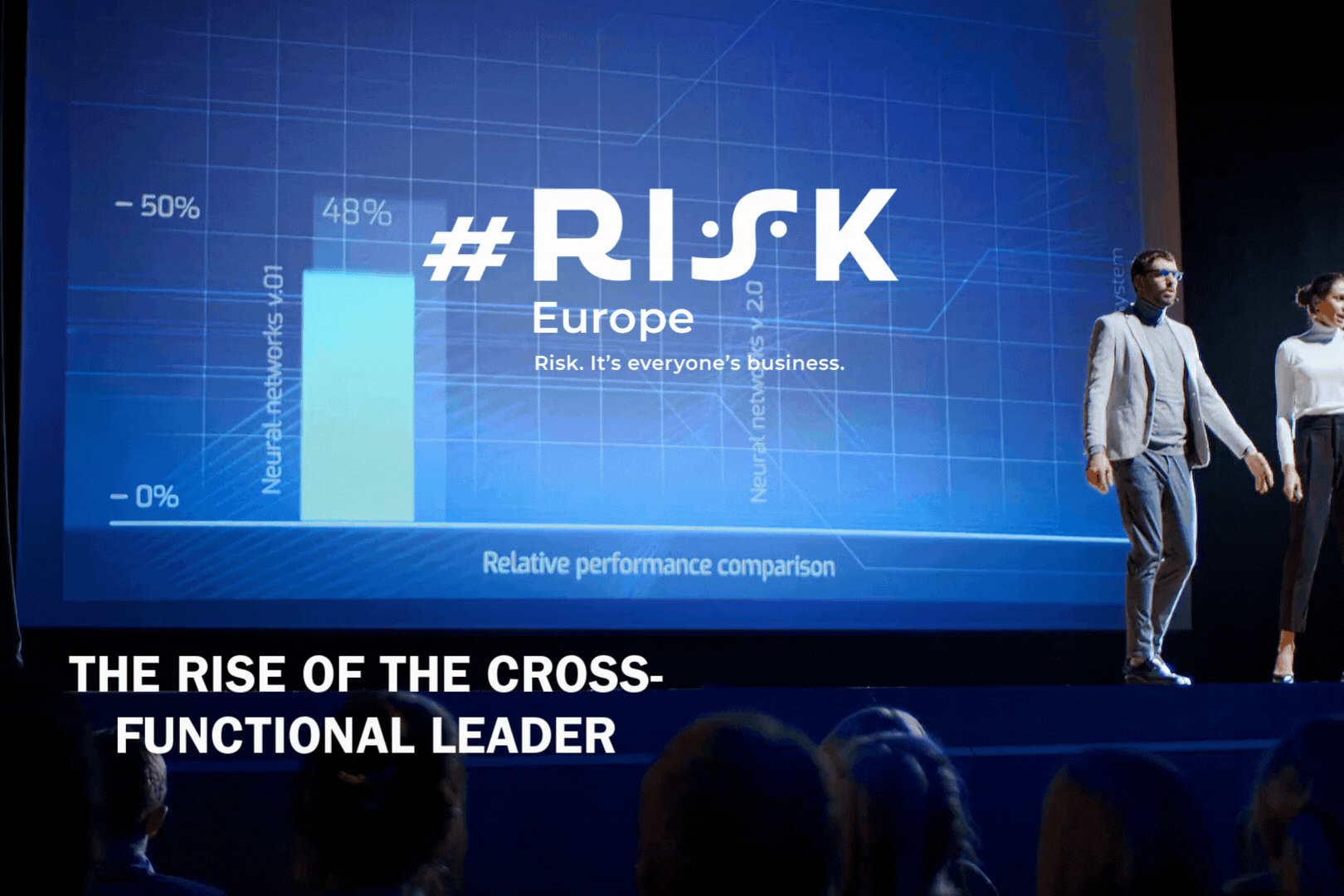The new Anti-Money Laundering Act in the US has now passed into law. Chris Siddons of LexisNexis Risk Solutions explains why it is set to become the most significant piece of US financial crime legislation for years.
Originally published 31.12.20, updated: 5.1.21
As we close out 2020, clearly a year no one will soon forget, the United States may just give its financial crime fighting capabilities a major boost. The Anti-Money Laundering Act of 2020 (The Act), included within the National Defense Authorization Act for Fiscal Year 2021 (NDAA), is the most expansive proposed update of the United States anti-money laundering regime since the United and Strengthening America by Providing Appropriate Tools Required to Intercept and Obstruct Terrorism (USA PATRIOT ACT) Act of 2001.
Pending the passage and enactment of the new NDAA into law, The Act is a rational approach to modernizing US AML practices and incorporating the lessons learned by the industry over the past 20 years. So, what will change and what will the impact be?
Out with the old…
The Act makes a point to reflect on the collective experience within the AML industry. Several reoccurring themes appear throughout the legislation, with a focus on the advancement of technology, the past failures of implemented technologies and risk management practices over the last two decades.
One example of this is with commercial enterprises and the public sector. Both have finite private resources to commit to a risk-based programme designed to achieve public and private interests in national security, financial transparency and financial inclusion. As such, The Act proposes a variety of studies on the value and effectiveness of the incremental provisions of The Act with reports on the results. There is a balance struck between the regulatory framework, examiner expectations and the private enterprises that fund and manage risk-based compliance programs, while protecting the commercial interest of the private enterprise shareholders.
Advancements in technology, analytics, modelling and artificial intelligence also necessitate the expansion of industry collaboration between the public sector, regulated entities and their vendors and service providers. Then we all can achieve the objectives of the U.S. AML regime and still protect the proprietary information of the participants in the financial system.
There are, however, concerns about how the financial industry and its service providers will implement new technologies to the extent regulation is necessary to prudently test and implement innovation that manages the inherent weaknesses in technology projects.
..and in with the new
The Act, however, importantly addresses longstanding gaps identified in the Financial Action Task Force’s Mutual Evaluation of the US AML regime, with the goal of achieving financial transparency objectives with respect to beneficial owners and virtual currencies. The Act also seeks to address enterprise-wide Suspicious Activity Report (SAR) information-sharing in multi-national regulated entities.
One important change involves corporate ownership. Although the transparency of corporate ownership is necessary to support criminal activity investigations and prevent terrorism, it is not considered information necessary for the public domain. It does, however, provide a means to verify the information provided at account openings with FinCEN’s proposed beneficial owner database: an incremental procedure to existing customer due diligence processes.
Other significant aspects of the Act include:
- Cross-border sharing of SAR information within corporate groups to help facilitate improved enterprise risk management.
- The expansion of the financial institution definition to include dealers in antiquities and an assessment on the inclusion of art dealers.
- Whistleblower provisions for those reporting corporate behavior the individual(s) believe contravene AML regulations.
- Increased penalties for repeat offenders and personal accountability imposed with profit and bonus clawbacks, respectively.
- Expanded definitions under the Bank Secrecy Act that capture virtual currencies and other alternative forms of value that may evolve in the future.
What else can we expect?
Overall, The Act appears to bring the US AML regime into the current era. If it passes, the impact to regulated entities and the industry serving them hinges more on implementing rules than on The Act itself. Whether or not these measures will be effective remains to be seen.
There are a number of provisions within The Act that are specifically focused on beneficial ownership. These appear to free states from the burden of collecting beneficial ownership and places this burden on FinCEN instead. This makes sense in light of the varied state budgets and technology available for company formation and registration processes. Specifically, business entities will become responsible for self-reporting beneficial ownership to FinCEN and financial institutions will have additional procedures to implement in order to verify non-exempt legal entity beneficial ownership against the FinCEN database.
Lastly, criminal and civil penalties will put teeth into the requirement for non-exempt business entities to provide accurate and up-to- date beneficial owner data to FinCEN.
“This is a positive step forward for the United States to keep pace with its allies around the world”
CHRIS SIDDONS
There are also numerous sections devoted to SARs, currency transaction reports and technology more broadly. FinCEN intends to support reliance on technology solutions to contend with voluminous, often repetitive and standardized reporting to reduce the operational and cost burden of compliance by the financial industry and demonstrate more effective operational burdens on their own account.
Through The Act, regulation, rigour and cost associated with developing, testing and implementing FinTech/RegTech solutions will increase in exchange for supporting innovation. This may erode the value of the ongoing operational costs eliminated by technology. The FinTech & RegTech providers and/or the financial institutions they serve may also be required to disclose proprietary information, relying on the information privacy requirements in The Act but increasing the risk of misappropriation of intellectual property all the same.
Will many of the pragmatic provisions of The Act find their way to equally pragmatic regulation that supports innovation and evolution within the industry? Only time will tell. At the least, this is a positive step forward for the United States to keep pace with its allies around the world and remain a leader in the fight against financial crime.
Chris Siddons, Senior Director, Financial Crime Compliance, LexisNexis Risk Solutions













No comments yet